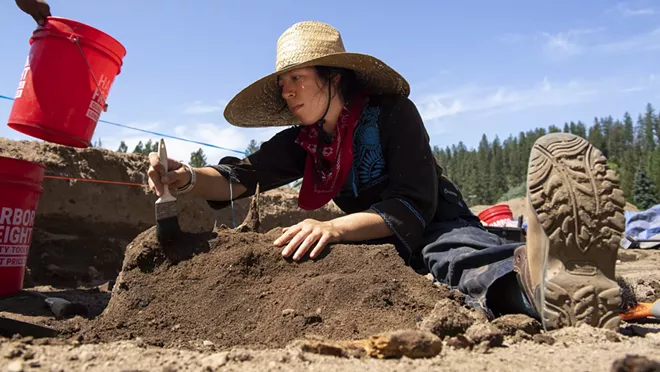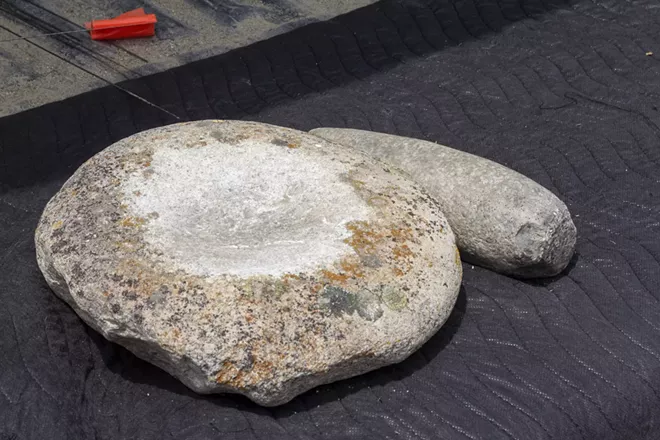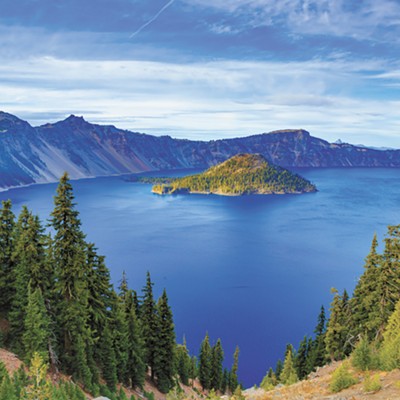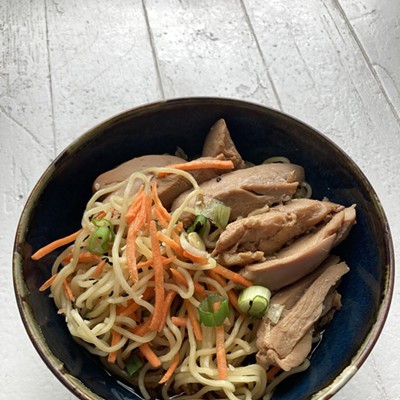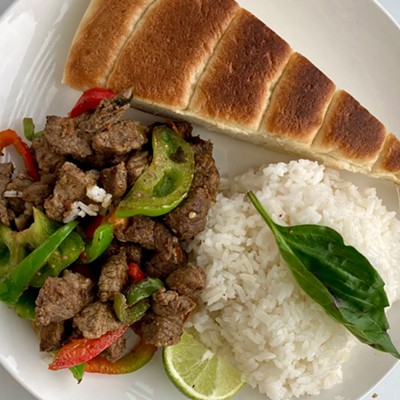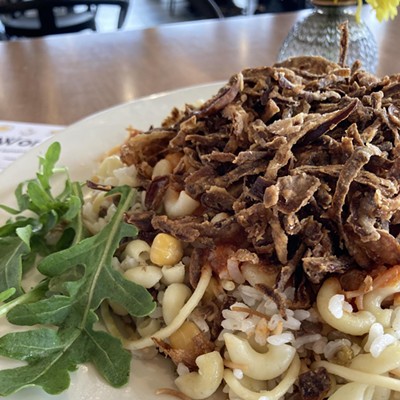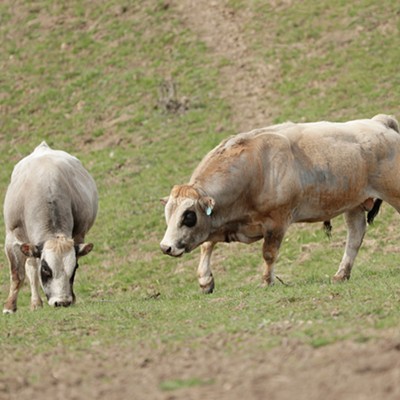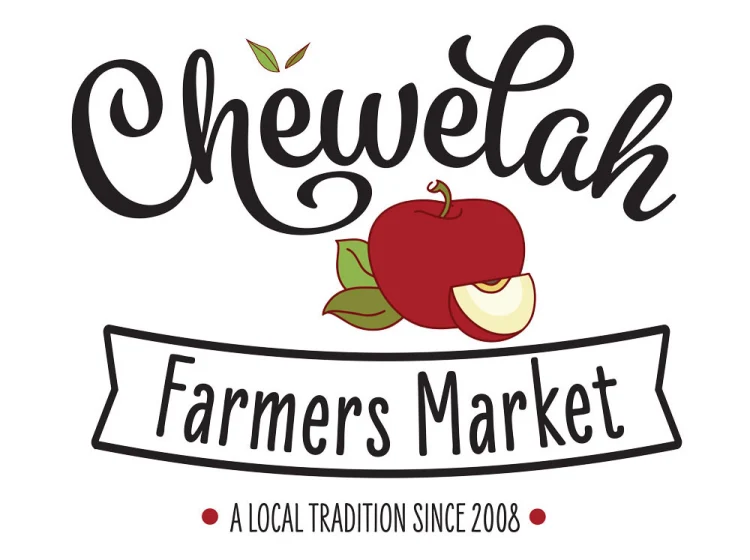When Curt Holmes was a child, he heard a story. It's unverifiable, as the best stories usually are.
A group of Indigenous people search for a new home. As they crest a peak, they look below, hoping for a hospitable valley. Instead, they're disappointed by a vast lake. But on second look, it's not water. It's a broad field of camas undulating in the wind, the tall stalks of blue-purple flowers rippling like the surface of an inland reservoir.
Centuries later, the Kalispel Tribe of Indians vice chairman and general manager of public and governmental affairs is helping coordinate an archaeological dig in a field perhaps similar to the one in the story. The Kalispels purchased land north of Newport to build new housing, but notified archaeologists after finding geological anomalies about a year and a half ago while preparing to dig foundations.
Researchers from Washington State University confirmed the land probably contains multiple pit ovens, which in this region are assumed to be camas ovens, ranging in age from 900 to maybe 5,000 years old. These could be some of the oldest ovens found in this area, used since prehistoric times to bake camas roots, an important part of an ancient Pacific Northwest diet. But excavators hope the ovens will reveal what else ancient people ate. Such continuous use of this location suggests that it was an important cooking site for generations of Indigenous peoples.
The dig at the corner of Le Clerc Road and Indian Creek Road is decidedly un-aquatic. It overlooks the Pend Oreille River to the south, and thick foliage promises a creek somewhere to the northwest, but the site itself is mostly brown and bare, sandy and exposed, the top layer of soil sun-baked into a pale, pervasive dust.
Wooden stakes and blue tape keep people away from the edges of the excavation, which are vulnerable to collapse. In the trench below, it's not obvious what everyone's excited about.
Earth ovens are typically dug into the earth and filled with fuel, nonflammable material, and food. Think of an underground bonfire with vent holes. (Watch your step!)
The archaeological remains of earth ovens are visually underwhelming — once the organic material decays (or is eaten), all that's left is a bed of rocks that looks pretty similar to other rocks lying around, at least to the untrained eye.
This is one reason that archaeological sites in this area, and other parts of North America, can be overlooked. No one is stumbling onto Corinthian columns or gold-filled tombs.
"Indigenous history is really crowded over by other histories," says Shae McCarron, a research assistant at WSU. "People love studying the classics. But now we're starting to find that there is a serious importance in what we call traditional ecological knowledge."
Excavation sites like this one are often kept out of the press to protect them from vandalism or theft. But Kalispel leaders decided this discovery was too important a chance to educate the public about Indigenous history and traditions, which are often intertwined with cooking techniques.
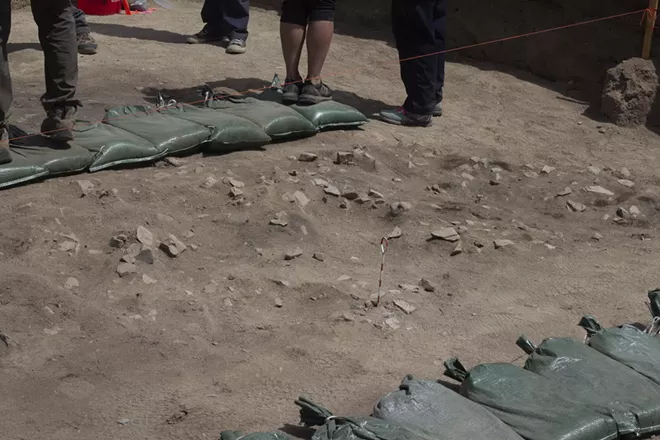
Construction crews were first tipped off to something special in the area when they found high concentrations of fire-cracked rock — stones with sharp edges and flat sides that suggest they were cracked in half by extreme heat.
If the layer of fire-cracked rock was consistent throughout the area, geologists would have chalked it up to an ancient wildfire. But the rocks were concentrated in specific areas, which suggests human activity.
Kalispel tribal leaders called Shannon Tushingham, an anthropological archaeologist at WSU. The tribe has partnered with the university for a century now, and Tushingham's specific research often focuses on food security in hunter-gatherer communities, as well as how archaeological data can intersect with health and food needs in tribal communities today.
While excavating the ovens, Tushingham sends microscopic samples back to the lab to analyze what food may have been cooked here. She hopes to discover residues of other foods besides camas to flesh out the current understanding of prehistoric eating habits.
"I think in the past people have really been focused on just [camas], which is really important," Tushingham says. "But there were probably lots of other foods that people were eating and that's exactly what we're trying to find out."
Tushingham hopes this work, among other efforts, can bring attention to the need for nutrition studies on "first foods," nutrition staples of ancient people that are still important to Indigenous identities and diets today. It's pretty simple to find data on the protein and starch in a potato, but much more difficult for traditionally prepared bull trout or nodding onion. Tribal leaders are working to change that.
Studying food can also illuminate ancient climate and movement patterns. In ovens excavated around the same area, Kalispel Tribe archaeologist Kevin Lyons and his team previously found the blood proteins of a bighorn sheep on fire-cracked rock. It was a huge surprise.
"This is not their core habitat," Lyons says. "Was this imported goods? Or was this the outer fringe of a herd that they were able to tap into? We don't know yet."
Maybe this was a central cooking location, like a communal kitchen, where hunters would bring kills from far away. Maybe this spot was a generational, intertribal tradepost. Maybe animals existed in this region that scientists didn't know about before.
It's next to impossible to know for certain, but interdisciplinary work helps drive the evidence forward.
"When you start putting physical context in with the verbal and the ethnographical context, then you get the whole story of 5,000 [or] 6,000 years ago — that's kind of wild," WSU's McCarron says.
These newly unearthed ovens may hold valuable information about how nutrition changed as the region's Indigenous tribes increased in population and density.
"People have been living in this valley at least 11,000-plus years," Lyons says. "In that 11,000 years, the population shifted from small bands of about 25 people up to big villages of 250 to 1,000 people on occasion. To get to that kind of population density at one location, you had to develop a technology and a mental inventory of what's food and what is shelf stable."
Despite the excitement about what else may have been cooked and eaten here, one throughline remains.
"The local plant that is shelf stable, the one that everybody knows," says Lyons, "is camas."
Camas is a member of the asparagus family, though it's more often mentioned in the same breath as the nodding onion, a wild member of the allium family. But camas looks the most like a spring flower. If you've driven from Cheney to Seattle this past May and paid attention to the ditches along I-90, you probably saw a "very purple, lily-like flower," Lyons says. "That's camas. Up in this valley, because of different soil chemistry, ours is a little pale blue, and dark blue."
Camas flowers grow from an enlarged root, often called a bulb and scientifically termed a "corm." Somewhere between the size of a big clove of garlic and a small fingerling potato, camas was a needed source of starch for Indigenous diets across the Pacific Northwest. It's generally tasteless unless slow roasted — really slow roasted, like two or three days. Depending on how it's prepared, camas can transition from toasted hazelnut to deeply sweet caramel.
"In diets that were absolutely bereft of sugar other than huckleberry and serviceberry, this was really, really nice," Lyons says.
Baking camas also makes it lighter and extremely shelf stable. Prehistoric chefs combined baked camas with huckleberries and bear fat and shaped them into cakes. These cakes could probably last three years in the right conditions, Lyons says. He describes ancient pantries, called cache sites, often between villages and hunting grounds, where tribespeople could dip into reserves in seasons of scarcity.
These starchy, fatty cakes were essential for the lifestyle of an ancient Indigenous person.
"They were athletes!" Lyons says. "Imagine you're canoeing every day with a current that is eight miles an hour, and you're going upstream. So these folks were yoked — they ate a lot of food. And one of the things that's deficient in their diets is fat, contrary to my experiences," he adds, holding his middle for emphasis.
Modern-day athletes may need anywhere from 3,000 to 4,000 calories a day. Tushingham wonders if camas cakes might have helped natives carbo-load and stave off toxins released from overreliance on lean protein. Unfortunately, the necessary starch was also extremely labor intensive.
"Kevin took us out and we learned how to harvest camas," Tushingham says. "And I can tell you, it's hard. It's harder than — you read about it in books — but for students to try it out..."
Tushingham's voice fades in awe, especially considering the amount of camas that gatherers would have needed to harvest to meet their caloric needs. Lyons estimates 60 percent of an Indigenous person's calories would have come from root vegetable starches. That could mean that gatherers needed to harvest 300 pounds of camas in total during the few weeks it was available. But certainty is elusive.
"That's just what we call SWAG — a scientific wild-ass guess," Lyons says.
The oven excavations last four weeks total. In such a limited time, archaeologists dig out what they can, then return to labs and classrooms to digest what they've learned about camas and other food sources. The tribe's housing need is urgent, and construction can't start soon enough.
But camas and other first foods continue to be an important part of tribal flourishing. Kalispel leader Holmes says that tribal members teach daycare children how to harvest camas every spring. And when the new housing here does go up, there's a good chance that camas will still be baked in modern ovens, just a few feet above the earthen pits that fed their ancestors for thousands of years. ♦

